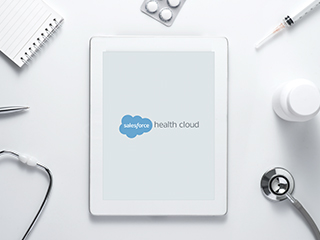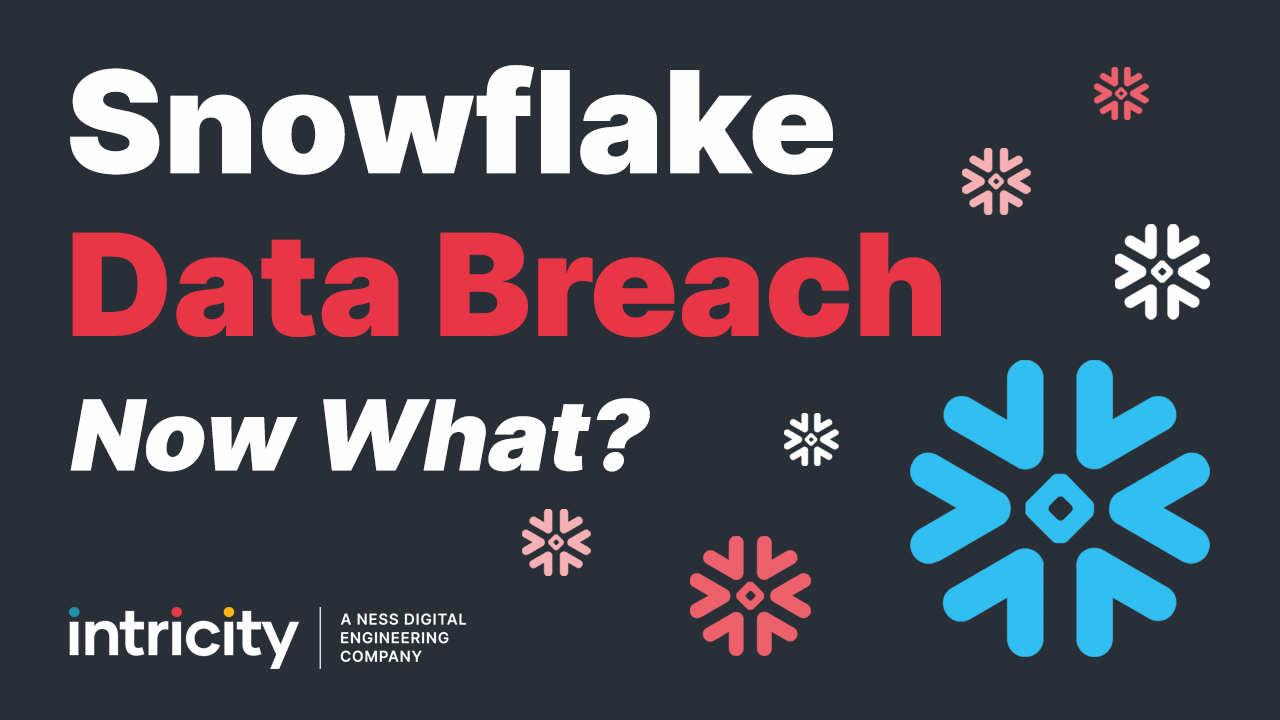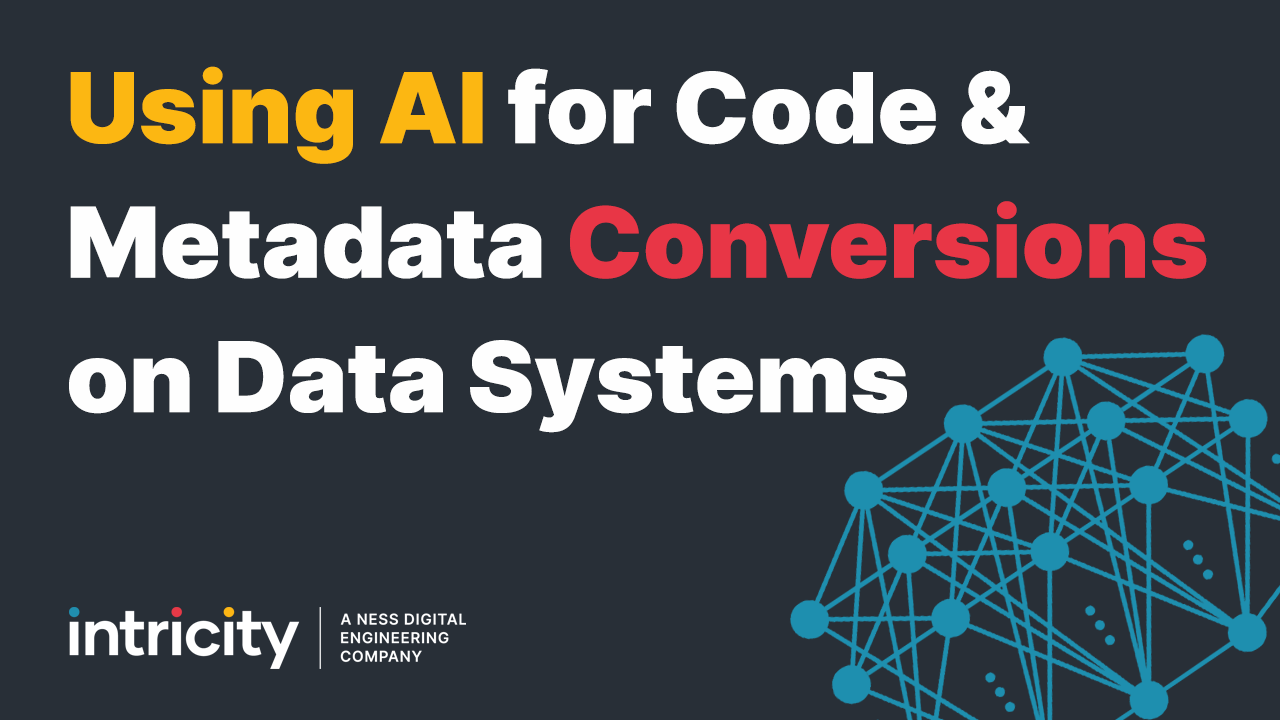Salesforce today launches Health Cloud, its first industry product built specifically for healthcare. This news represents not only the next evolution in health IT, but also a potential revolution in the delivery of care itself.
Let’s start with health IT: For far too long, legacy technologies have slowed innovation in the management of patient care. Paradoxically, as medicine itself has become more sophisticated and precise, from modern gene therapies to targeted cancer drugs, the IT systems that have supported healthcare have stayed the same, which makes them look calcified and closed by comparison.
Why is this the case? Simply put, providers are businesses too, and they needed to capture the right revenue streams. Fee-for-service medicine required IT systems that could inventory every body part and procedure possible. This led to a world in which a visit to the hospital was not dissimilar to getting repair work done on your car. Patients too frequently felt like props in a complex and deeply intimate process. The more tests, the more procedures, the more work done -- the more providers were reimbursed.
IT systems, then, were revenue-cycle management systems in the 1970s and 1980s and eventually became the electronic health records (EHRs) of today. (The analog, of course, is how mainframes and client-server architectures defined the technology industry during the same timeframe.) But something happened in the early 2000s that transformed the landscape forever: the cloud. And the healthcare industry has not yet caught up.
People can now buy movie tickets from the web, see their entire order history on Amazon.com, board airplanes using mobile apps and pay their bills online. More importantly, these mobile and social technologies, underpinned by the cloud, are helping them build deeper relationships with their favorite brands. Consumers are in control; and they are taking their money elsewhere if their experiences aren’t up to par.
This takes us to the second significant aspect of today’s news: Because of the Affordable Care Act and new outcome-based reimbursements, healthcare providers are treating patients like customers for the first time. That might sound like a scary development to some, but it’s great for you and me, because it means caregivers are finally putting patient relationships – not records or revenue-cycle management systems – at the center of how they deliver care.
Salesforce Health Cloud is the product for this moment. It’s a cloud-based, patient relationship management solution that builds on our strength as the world’s #1 CRM company. It helps providers build stronger, 1-to-1 relationships; make smarter care decisions; and connect with their patients anywhere, on any device. It features a Today screen with alerts to caregivers on timely patient issues; Patient Profiles and Timeline views that provide a central view of a patient’s history and easy-to-read clinical data for providers; Private Communities that allow care coordinators to collaborate and assign tasks across a caregiver’s network; and Salesforce Shield, a set of built-in features that allow providers to manage, audit and archive patient data.
Of course, we couldn’t do this alone. We had amazing customers help us in the design of the product, including Centura Health, DJO Global, Radboud University Medical Center and UCSF. And we’re also relying on a comprehensive Health Cloud ecosystem, including Accenture, Deloitte Digital, MuleSoft, Persistent Systems, Philips and PwC, who will extend Health Cloud’s functionality and provide integration services with medical devices and leading EHRs from Epic, Cerner, GE and others.
When I started as a primary care doctor years ago, I was taught to scribble names of patients’ family members and their occupations, hobbies and other personal information in the margins of their medical records. This was an early and basic form of CRM. Health Cloud is about getting back to the roots of this practice – of understanding patients beyond their charts and ultimately putting relationships first.



